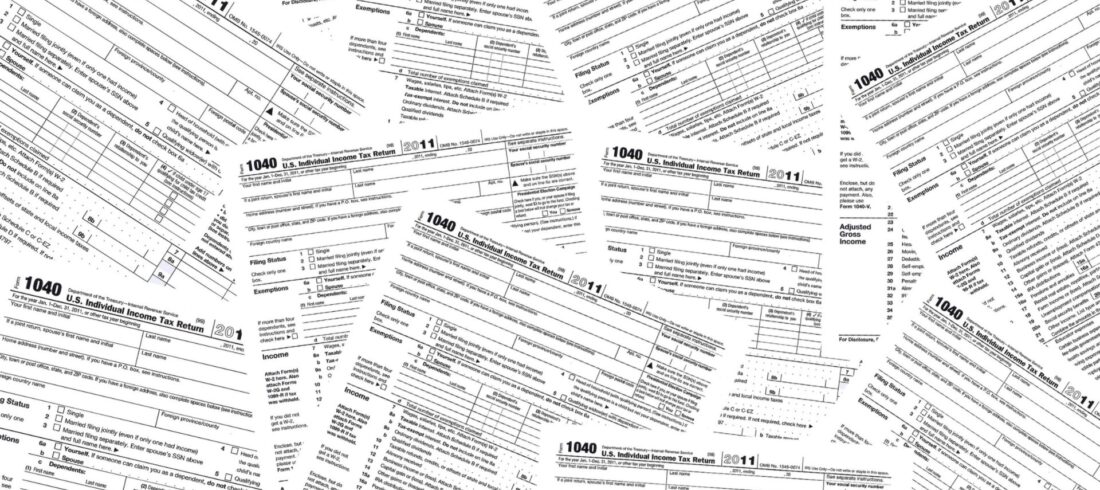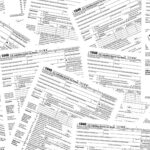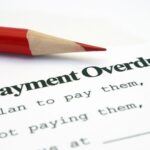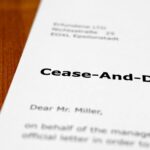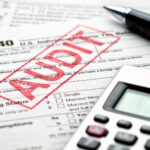Although I’d be the first person to advise business owners to hire a pro to do their tax returns, I understand that sometimes, especially when a business is new, the owner has more time than money. Therefore, I’m always willing to help do-it-yourselfers by answering questions about specific tax issues.
Of the questions asked by people struggling with business tax returns, some of the most common have to do with depreciation. The section 179 first-year write-off is easy to understand, but there are a number of cases where section 179 can’t be used at all, or where it can be used to write off some of the assets but not all. It’s these cases that cause ordinarily mild mannered business owners to pull out their hair and yell at the dog.
Generally, the business owner has bought one of the tax software packages, such as TurboTax or TaxCut. These programs are great – you enter what you paid for your business assets, what kind of assets they were, and when you started using them in the business; the software does the rest. The problem is that the software packages don’t really explain what’s going on. This article is an attempt to explain the basics of depreciation, from both accounting and tax viewpoints.
The accounting concept of depreciation, of course, involves matching income and expenses. When you spend $100,000 on a machine that will last for 10 years, you’d be presenting a misleading financial picture of your business is you reported the whole $100,000 in year one, and zero expense for the next nine years. So you divide the cost of the machine into 10 equal parts and show an expense of $10,000 each year. This is what’s known as straight line depreciation, because if you graph the remaining value of the machine over time, the result is a straight line.
Accelerated depreciation recognizes the fact that many assets lose more of their value in their early years – like when your new car’s value drops by $7000 the moment you drive it off the dealer’s lot. One form of accelerated depreciation is the double declining balance method.
Double declining (or 200% declining) balance is where you take the straight line fraction (1 divided by the number of years of expected useful life) and double it. Then you multiply the undepreciated value of the asset by the fraction. For example, the first year’s depreciation for your $100,000 machine with a ten year useful life would be $100,000 x 2/10, or $20,000. For year two, your undepreciated value is $80,000 ($100,000 beginning value – $20,000 accumulated depreciation). Multiplying $80,000 by 2/10 gives you $16,000, your second year depreciation. You keep going like this until your annual depreciation is equal to or less than your original straight line amount, in this case $10,000. From that point on, you take depreciation of $10,000 per year until the undepreciated value of the asset is zero.
There are other declining balance methods of calculating depreciation – 150% and 125% declining balance work the same way as double declining balance, except you multiply your straight line fraction by 1.5 and 1.25 instead of 2.
Tax depreciation, or cost recovery, as the Tax Code calls it, does not necessarily have any relationship with the actual value of the asset. A client recently mentioned that the building she uses for her antique shop has actually increased in value. She wondered if this meant she could not take a depreciation deduction. The answer is that the actual market value of the asset is irrelevant, at least until you sell the asset or your corporation or partnership transfers the asset to you.
This article will only discuss MACRS tax depreciation, which is what you would typically use for assets placed in service today. In case you’ve wondered, MACRS stands for “Modified Accelerated Cost Recovery System.” The most commonly used MACRS tables use double declining balance, but you can also use the slower 150% declining balance tables (you might chose to use a slower method if you expect your income to increase in the future and want to preserve more of your depreciation deductions for later years) – in fact, you have to use this method for farm assets and non-farm assets in the 15- and 20-year property classes. Which brings up another thing people often ask about.
Property classes are the Tax Code equivalent of the expected useful life. Property classes are only roughly related to useful life. Here are some common examples of classes for assets commonly owned by businesses:
5 years: computers and peripheral equipment (such as printers, monitors, data storage systems and scanners), typewriters, copiers, calculators, adding machines as well as business cars, light trucks, or vans.
7 years: office furniture such as desks, chairs, and lamps, file cabinets, safes, fax machines, appliances, carpets, telephones, books.
The tax software packages generally work this out for you, and after you enter the dates you placed all your assets in service, they’ll also figure out which “convention” you should use. But the software doesn’t spell out to you what’s taking place inside the black box. This is another question that comes up a lot, especially when someone is selling or otherwise disposing of assets that have been depreciated for less than their full class lives.
The default convention (other than for real property) is the half-year. No matter when you bought the asset, the depreciation starts as of the 183rd day of the year. But if if you place more than 40 percent of your total new property for the year into service in the last quarter, you will have to use the mid-quarter convention for all assets placed in service during the year. Under the mid-quarter rules, assets are considered to be placed in service at the midpoint of the quarter in which they were actually placed in service.
For real property, you are required to use the mid-month convention. Under the mid-month convention, depreciation begins at the midpoint of the month in which the property is placed in service, regardless of the actual date.
The taxpayer never has to make the depreciation calculations. IRS publishes tables that show exactly what to multiply the basis of your property by in each year, to come up with the correct amount of depreciation. You can find the tables, plus more information than most people would ever want to know about depreciation, in IRS publication 946 (http://www.irs.gov/pub/irs-pdf/p946.pdf).
But for anyone who has access to a computer, there’s no need to use the tables. The packaged tax software such as TurboTax and TaxCut calculate depreciation for you. And if you want to accrue depreciation monthly or quarterly for figuring your estimated tax payments, you can get free asset management software at http://www.bassets.net/?referrer=dCalcHyperlink


